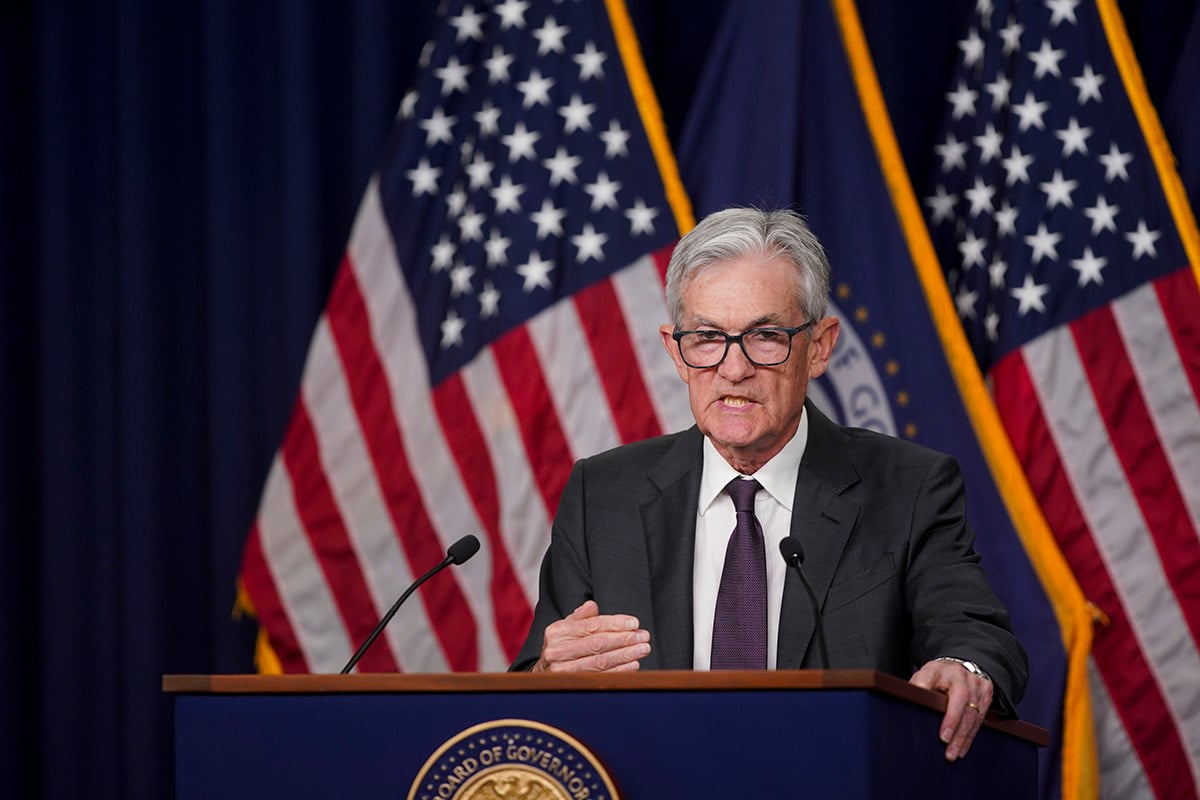Brazil Finance Minister Guido Mantega popularized the term “currency war” in 2010 to describe policies employed at the time by major central banks to boost the competitiveness of their economies through weaker currencies. Now, many see lower exchange rates as a way to avoid crippling deflation.
Weak price growth is stifling economies from the euro region to Israel and Japan. Eight of the 10 currencies with the biggest forecasted declines through 2015 are from nations that are either in deflation or pursuing policies that weaken their exchange rates, data compiled by Bloomberg show.
“This beggar-thy-neighbor policy is not about rebalancing, not about growth,” David Bloom, the global head of currency strategy at London-based HSBC Holdings Plc, which does business in 74 countries and territories, said in an Oct. 17 interview. “This is about deflation, exporting your deflationary problems to someone else.”
Bloom puts it in these terms because when one jurisdiction weakens its exchange rate, another's gets stronger, making imported goods cheaper. Deflation is a both a consequence of, and contributor to, the global economic slowdown that's pushing the euro region closer to recession and reducing demand for exports from countries such as China and New Zealand.
Biggest Declines
Bank of Japan Governor Haruhiko Kuroda said last month he'd welcome a lower exchange rate to help meet his inflation target and may extend the nation's unprecedented stimulus program to achieve that. Like his Japanese counterpart, European Central Bank (ECB) President Mario Draghi has acknowledged the need for a weaker euro to avoid deflation and make exports more competitive, though he's denied targeting the exchange rate specifically.
After the Argentine peso, which is plunging following a debt default and devaluation, the yen will be the biggest loser among major currencies by the end of 2015, according to median strategist forecasts compiled by Bloomberg as of yesterday. A 6.1 percent decline is predicted, which would build on a 5.3 percent slide since June.
The euro is also expected to be among the 10 biggest losers, with strategists seeing a 5.6 percent drop. The yen traded at 106.92 per dollar 10:33 a.m. in London, while the euro bought $1.2695.
At 0.3 percent in September, annual inflation in the 18-nation bloc remains a fraction of the ECB's target of just under 2 percent. Gross-domestic-product growth flat-lined in the second quarter, while Germany, Europe's biggest economy, reduced its 2014 expansion forecast this month to 1.2 percent from 1.8 percent.
Disinflationary pressures in the euro area are starting to spread to its neighbors and biggest trading partners. The currencies of Switzerland, Hungary, Denmark, the Czech Republic, and Sweden are forecast to fall from 4 percent to more than 6 percent by the end of next year, estimates compiled by Bloomberg show, partly due to policy makers' actions to stoke prices.
“Deflation is spilling over to central and eastern Europe,” Simon Quijano-Evans, the London-based head of emerging-markets research at Commerzbank AG, said yesterday by phone. “Weaker exchange rates will help” them tackle the issue, he said.
Hungary and Switzerland entered deflation in the past two months, while Swedish central-bank Deputy Governor Per Jansson last week blamed his country's falling prices partly on rate cuts the ECB used to boost its own inflation. A policy response may be necessary, he warned.
Currency Pegs
While not strictly speaking stimulus measures, the Swiss, Danish, and Czech currency pegs—whether official or unofficial—have a similar effect by limiting gains versus the euro.
Measures like these are necessary because, even after a broad-based dollar rally, eight of the Group of 10 developed-nation currencies remain overvalued versus the dollar, according to a purchasing-power parity measure from the Organization for Economic Cooperation & Development.
Some central banks have GDP, rather than inflation, in their sights. That's particularly true of exporters, for whom a lower exchange rate makes their goods cheaper.
New Zealand, where second-quarter annual inflation was the fastest in 2 1/2 years, announced last month its biggest currency intervention in seven years, sending the local dollar to a 13-month low.
The so-called kiwi will drop 6 percent, to 75 U.S. cents, by the end of 2015, the median estimate of 33 strategists surveyed by Bloomberg shows. That follows an 8.9 percent slide since mid-year, the third-biggest among 31 major currencies.
Goldman Sachs Group Inc. lowered its forecast for the shekel on Oct. 6, citing the Bank of Israel's efforts to combat its first slide into deflation since 2007. Its measures have included rate cuts and local-currency sales. Goldman Sachs sees the shekel falling to 3.9 per dollar in 12 months, from 3.7438 today and compared with a previous estimate of 3.66.
“Deflation is such a major part of the story that dealing with that, by whatever means necessary, is key,” Simon Derrick, the London-based chief currency strategist at Bank of New York Mellon Corp., said Oct. 17 by phone. “If that involves getting the currency lower, then so be it. You have to deal with it.”
–With assistance from Priyanka Sharma in London.
Complete your profile to continue reading and get FREE access to Treasury & Risk, part of your ALM digital membership.
Your access to unlimited Treasury & Risk content isn’t changing.
Once you are an ALM digital member, you’ll receive:
- Thought leadership on regulatory changes, economic trends, corporate success stories, and tactical solutions for treasurers, CFOs, risk managers, controllers, and other finance professionals
- Informative weekly newsletter featuring news, analysis, real-world case studies, and other critical content
- Educational webcasts, white papers, and ebooks from industry thought leaders
- Critical coverage of the employee benefits and financial advisory markets on our other ALM sites, PropertyCasualty360 and ThinkAdvisor
Already have an account? Sign In Now
*May exclude premium content© 2025 ALM Global, LLC, All Rights Reserved. Request academic re-use from www.copyright.com. All other uses, submit a request to [email protected]. For more information visit Asset & Logo Licensing.





